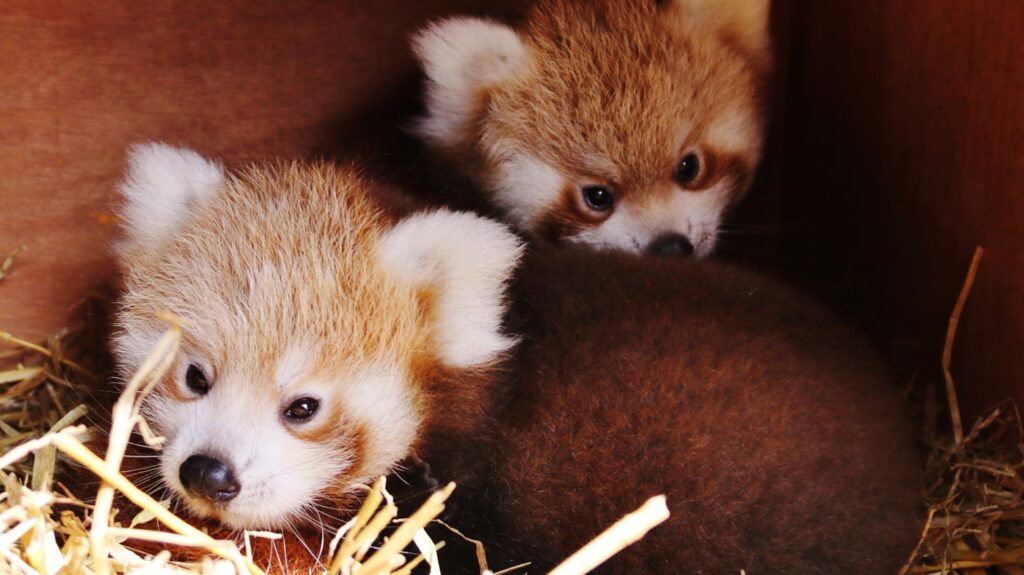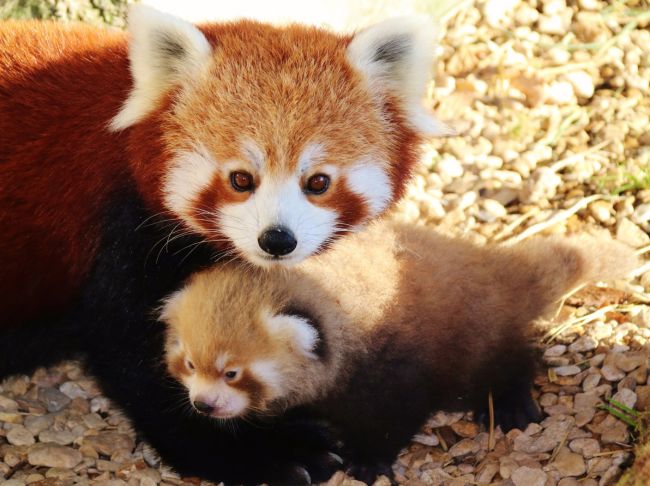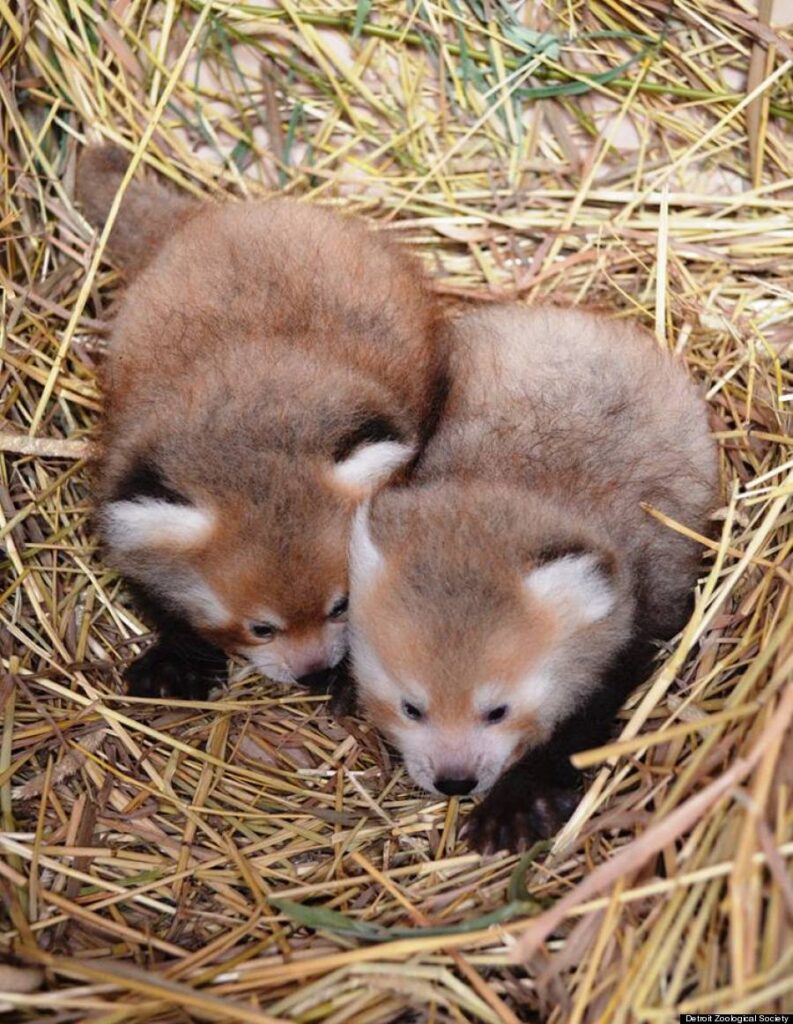The Greater Vancouver Zoo now has a pair of twin baby red pandas, who are a part of a much broader initiative to help protect and advance this critically endangered species.
They are the first red panda babies to be born in British Columbia, according to Menita Prasad, the zoo’s deputy general manager and head of animal care.

Red pandas are not panda bears. They go by the name lesser panda and are considerably smaller.
They grow to 20.1 to 25 inches and weigh between 7.1 to 33.1 pounds.

Their native territory includes Northern Myanmar, India, Nepal, Bhutan, and the Chinese provinces of West Sichuan and Yunnan.
Because they maintain ecosystem stability, red pandas are a crucial species. In their taxonomic family, they are the only remaining species.

Thought to number less than 2,500 in the wild, their habitat has been severely disrupted by human activities in several locations. As solitary creatures, reproduction is sometimes difficult.
90% of a red panda’s diet consists of bamboo. Their dense fur insulates from the cold.
Back in 2014, A little red panda cub was born at the Assiniboine Park Zoo in Manitoba and was named Arun.
He joined the Species Survival Plan (SSP), which includes zoos and nature preserves all across the world, when he was prepared to leave his mother.
For his arrival, the Greater Vancouver Zoo in Aldergrove constructed a brand-new habitat. He arrived at Aldergrove on May 28, 2015, and the zoo crew has been fond of him ever since.
Although he is extremely choosy about food and doesn’t get worked up about anything, he is quite laid back and will only eat one certain kind of date. He frequently finds inspiration in bamboo, more especially in bamboo shoots.
He is also quite animated and has been shown playfully leaping around the enclosure.
At the Granby Zoo in Quebec, Sakura, his mate, was also born in Canada. The two initially met on March 4 of last year after the SSP suggested she be Arun’s partner.
During the beginning of the longer days in March, red pandas often breed. In the late spring, babies are born.
The most sensitive and easily digested bamboo shoots and leaves are available at this time, assisting the mother in getting enough nutrients while caring for her young.
Females build nests in hollow trees, tree roots, and tiny crevices, bringing in soft materials like leaves.

According to Prasad, she began guarding the nest boxes in April, and in one specific box, she started actively nesting in mid-May.
To let mom raise her pups as naturally as possible, Prasad said, keeper engagement is kept to a minimum.
Sakura is praised for being a wonderful mother and for being fiercely devoted to her pups.
Daily visual health checks and frequent weigh-ins are conducted. When the cubs start eating solid food at three months old, they will soon be moving about in their enclosure and become quite active.
The cubs will spend at least a year in the zoo, which is how long they spend with their moms in the wild.
After a year, SSP can introduce them to possible partners at other sites.
The SSP has had great success with this, and it has significantly helped the continuing conservation efforts for this endangered species.
The birth of these red panda twins is part of the zoo’s dedication to conservation and education, according to Prasad. He said that visitors to the zoo may be able to meet the cubs soon, but they are kindly requested to exercise caution and respect while doing so.











